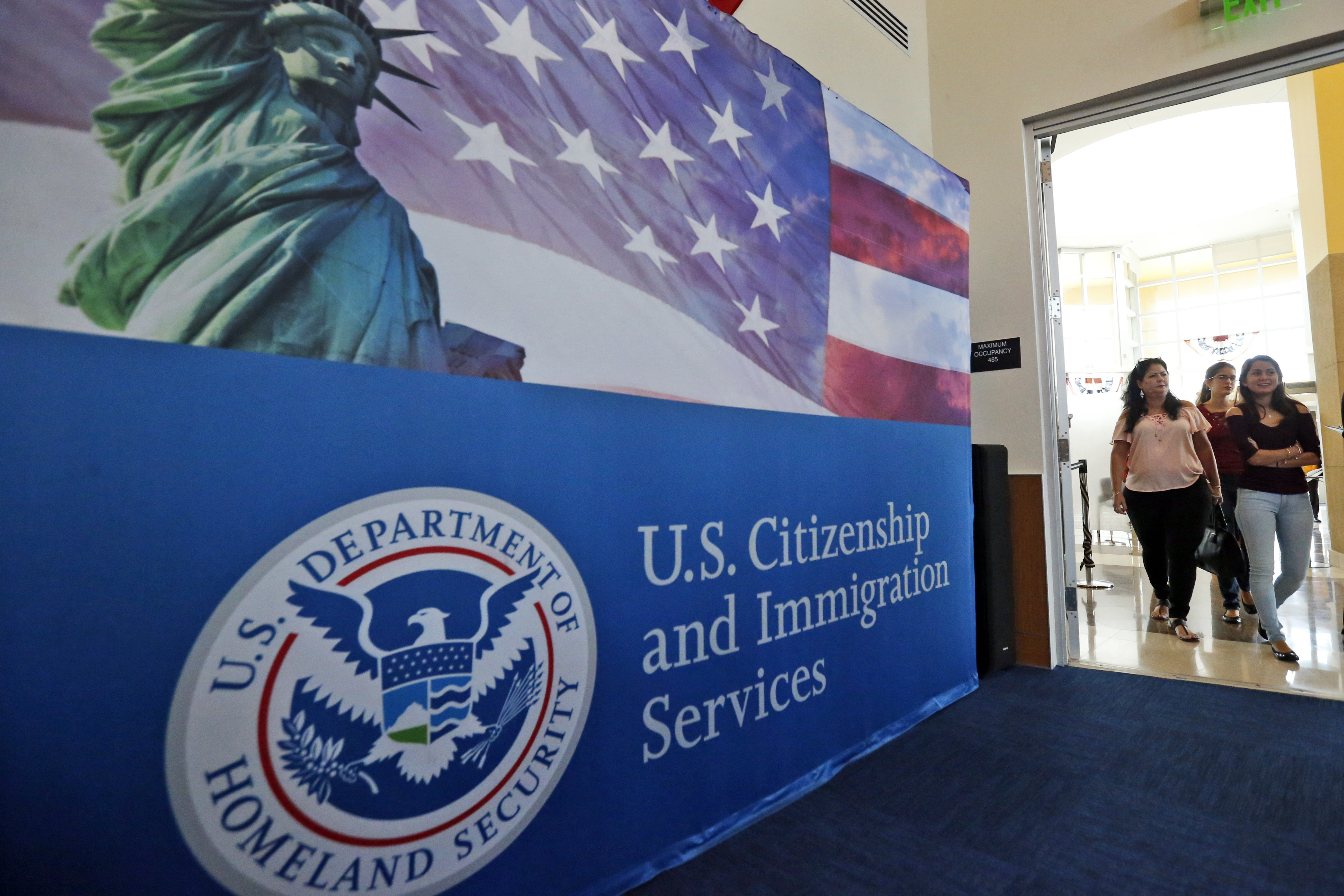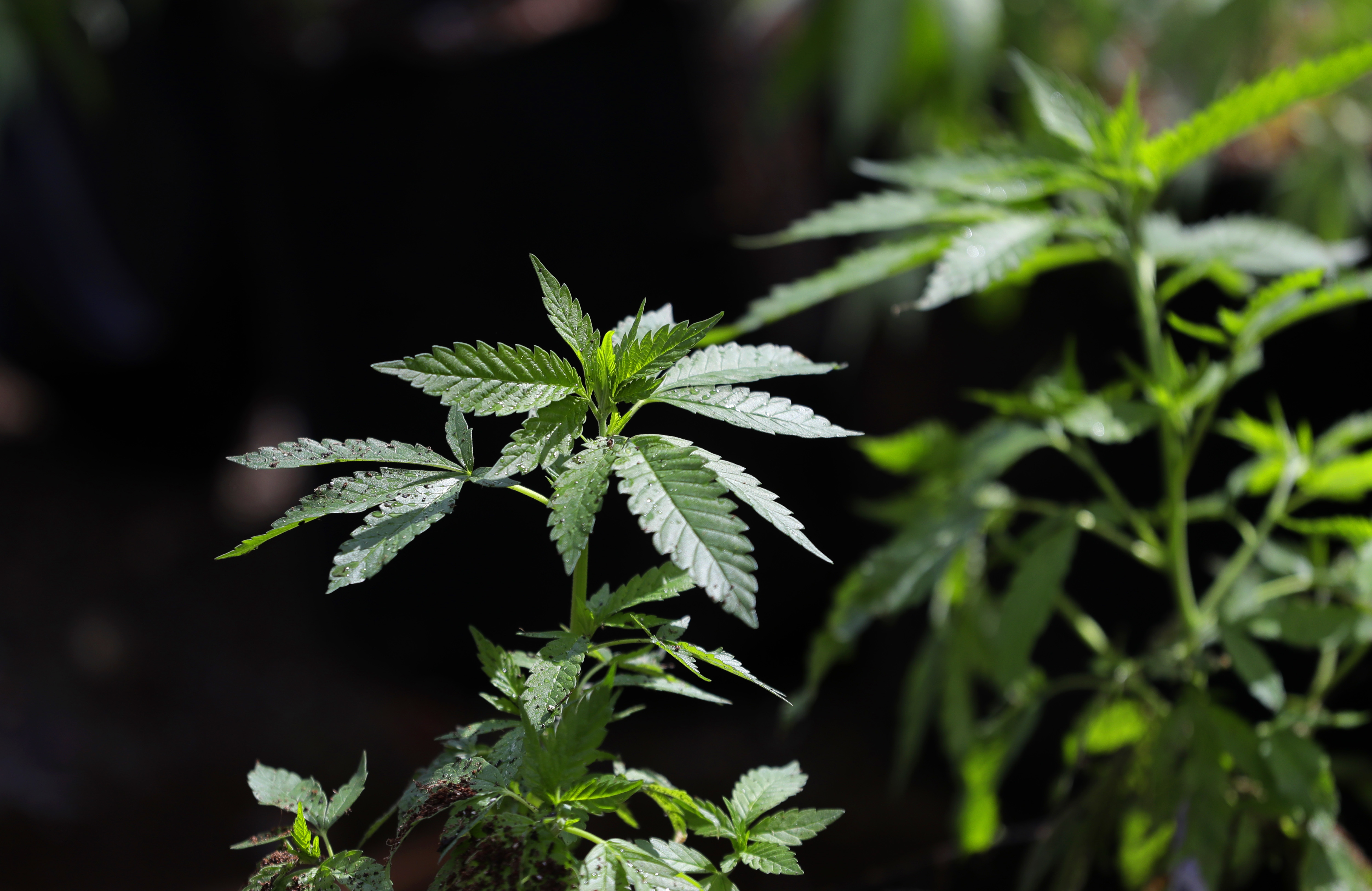It's hard to see DNA, even with powerful microscopes. So scientists rarely settle debates by actually witnessing what's going on. But one mystery might have been solved in just that way — the mystery of how our cells pack DNA.
You're probably used to seeing DNA depicted like long, twisted ropes or strings. But DNA — like actual ropes — needs to be organized, or everything gets knotted together.
But do that, cells need to wind up and store more than 6 feet of DNA in a tiny nucleus without jumbling and burying the information the cell needs. If the process goes wrong, it can lead to diseases like cancer.
One theory is that a piece of cellular machinery called condensin snags DNA and organizes it into long loops, sort of like the sliders that let you adjust backpack straps. Those loops can then float around next to each other while staying organized, more or less.
Now, scientists have seen condensin at work for the first time. You can actually watch as the protein grabs some DNA and starts looping it. The team calls this unambiguous evidence for the loop extrusion theory.
They also learned key details about how it all works, including how condensin makes its loops, how fast it moves and what energy source it uses. Any of those details could potentially lead to breakthroughs in genome biology and medicine.




 What DNA Testing Can Tell You, From Serious To Silly
What DNA Testing Can Tell You, From Serious To Silly






